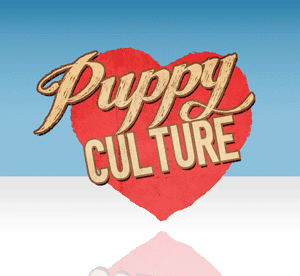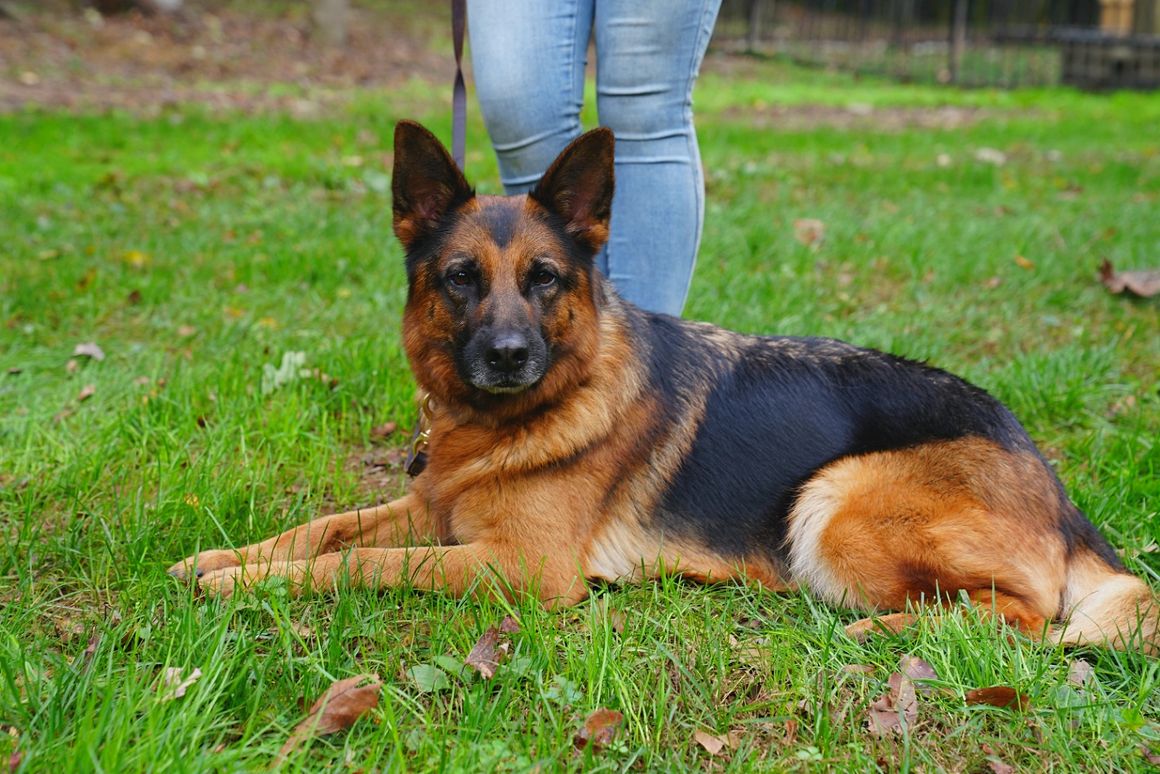German Shepherd Training

Starting with Puppy Culture stimulation and socialization for improved companionship and confidence!
Puppy Culture is developed by Jane Killion a professional breeder & trainer as a method for breeders to give their puppy’s the best possible outcome of being a confident dog. She has identified at the right time and what we teach them for the best start possible in life. This program is broken down into key time frames of a puppy life.
1st The Prenatal Period
During this period we have already selected our matings based on our strict guidance from the SV Standards, now we focus on the mother’s physical & emotional health. Research shows puppies enjoy touch and are more docile when their mothers are provided pre-natal massages during pregnancy. the puppy’s predisposition s formed through meaningful relationships before they are ever born.
2nd The Neonatal
We start with early neurological stimulation. Benefits of this are puppies with greater tolerance to stress, resistance to disease, a faster adrenal system, with a stronger heart.
3rd The Transitional Period
This is when the eyes are starting to open and we start socialization with enrichment filled environment.
4th The Critical Socialization
Beginning to meet new people like my children who can begin to handle them. Exercises to avoid desperation anxiety and the designated potty area is established. Week by week we introduce new things such as crates, sleeping and eating in them. Venturing out of the whelping area. Meeting new things and people of all various sizes. How to ask nicely for affection. Then starting on basic obedience, recall, sit. while working through the puppies fear stages knowing how to handle them & what not to do.
Conclusion
All of this is incredibly important for the outcome of a puppy’s life. Providing the puppy with emotional intelligence with key enrichments to produce a wonderful companion with confidence!
https://www.shoppuppyculture.com/#a_aid=61b3c46ba7127&a_bid=0825d3ea


Start training them the day they come home and do it from the comfort of your own house. Online training is one thing, but an entire lifetime membership is a whole new adventure for you and your pup. Please get started today, before you pick up your new fur baby, and make a plan to set you both up for success! Make sure to download the app!!
So, how do you do that? Visit www.baxterandbella.com
Training exercises:
10-15 minute Training sessions are best for your puppy, then rewards with play!
Recall
Start with your dog inside off leash. Crouch down and call your dog by name with your recall word of choice, in a happy & excited manor. Any movement your dog makes towards you encourage him with lots of praise & excitement, followed by touch & praise. Then move outside for practice with distractions. Keep your dog leashed but leave slack once he becomes distracted call his name followed by your command word. (lightly move his leash around if you need to get his attention) Have your dog come all the way to you & once again praise him verbally & with touch. Introduce more distractions as your train over time. Daily practice will produce faster results.
Sitting
Place the hand with the treat very close to your dog’s nose so they can smell you’ve got something yummy! With the command of your choice. Slowly move your hand from your dog’s nose towards their forehead. This will result in the dog most likely following the hand with their nose, causing them to place their backend to the floor. Award him with praise & touch. If your dog does not sit, don’t worry walk him around in a circle following your treat & try again. Now lots of practice and try standing in front of the dog while giving the command. Once your dog is catching on you can add a hand gesture in if you desire. I personally raise my hand open placed face up and all of my dogs know I am asking them to sit.
Lay Down
Once sit is learned time to move onto the down position. Take a treat from your dogs nose to the ground while patting the ground and using your command word. If your dog gets up from the sit position, try again by taking the dog in a circle, going back to the sitting position. Once your dog extends his legs to be in a laying position reward with with treat, praise and affection. You can also replace your verbal command with a hand gesture just like I explained in the sit training.
Play
This is a wonderful bonding time for you & your dog. I recommend playing with toys that our interactive with you such as a ball with a rope, and other toys like this so your dog relates this positive time with you. I also recommend children do this with the dogs too as it can really help them to bond since they are not involved in other ways of caring for the dog. (I have several dogs that will do anything to play ball with us as a reward. Its a simple way to reward your dog for positive behavior instead of worrying about how many treats you have left in your pocket.)
Collar and Leash
Practice placing your collar and leash on your dog. Some rather their dog sit while they do this while others prefer the dog to stand calmly. Do not move to accommodate your dog’s head movement, the dog should come to you hand placement and allow the collar to be slipped on. Practice this with praise and treats.
Jumping up
Do not pick up a puppy that is jumping at you, turn your back or divert your attention away from them. Praise them when they have calmed down & have seen that jumping is not going to get your attention. As you see the dog tense to jump use a loud distraction noise you prefer such as “Aaht”. Once your dog settles down nicely again praise him immediately. Do not raise your hands in the air or step back from the dog this can lead to your dog continuing to try to jump to get your attention. ( a side note with children & visitors, instruct them to keep their hands in front of them or by their sides, not to raise their hands in the air this encourages a dog to jump. The child/visitor is to be graciously accepted into the pack with some sniffs and licks to the hands that our kept at the dog’s level therefore not encouraging him to jump to greet them.)
Bed or Crate
Using a leash walk your dog around your crate or dog bed which ever you prefer. Walk up to one together then get down with your dog and pat the area you would like him today down with your chosen command. Once your dog goes to the desired spot, stay with him, praise him & offer a treat. (I personally love this for welcome a new person into our house) & repeat.
Barking
Timing is everything when try to control this before you start trying to train, you need to identify what triggers the barking, as well as your reactions when your dog is barking. You need to catch your dog in the act. As you start to hear your dog bark you need to use your word to divert their attention such as “Aaht” Praise your dog when their attention is diverted to you and the barking stops. With practice inside the same command should work outside.
Mouthing
To prevent your dog from trying to mouth you, place your hand in front of his mouth as he goes to mouth you say your diversion command “Aaht” when he closes his mouth praise his good design. If he continues do not move your hand at all and once again say your command, praise him as soon as he stops. I also recommend with your puppies having a toy readily available and redirecting them to chew on their toy, not you.
Chewing
German Shepherds are bug chewers! It is why I recommend crate training your puppy, so he is in a safe environment and bad habits are not developed. A playpen or designated safe area will also work. Just like with babies puppy proofing the area. Limit free playtime with puppy just as small children they get tired quickly & along with boredom start to get into trouble. Please see our favorite items for some ideas on good toys for your dog. (An adult dog who is chewing is doing so because of boredom or stress)
Walking on a leash
This is so important to start as a puppy so you both can enjoy time outside. This also relates to you as the pack leader. Take small walks to start. Try to always keep a loose leash with your hands down by your belly button. Your front legs should be in line or behind you. If your dog begins to pas you give the leash a swift gentle tug in towards your body and quickly release. When your dog is in the right position use praise. After this is archived work on your dog sitting by your wide when you stop walking. You then can use a “stay” command or hand gesture to let your dog know you want him to stay until you begin to move again. (A tight leash will only encourage your dog to constantly pull. You might need practice yourself to keep your hands by your waist with a slack between your two hands. It always helps to have someone watching to give you feedback.) with this foundation you can explore a dog walking on a HEEL or FUSS for a dog walking in sync with you at all times.
*Remember you are the pack leader! You should introduce new people & animals to your dog, let the introduction move slowly with both having a place to go if they are uncomfortable. As the pack leader your dog should respect who you welcome into the pack.*
Please contact me for more information on many other things you can teach your dog such as waiting for you at the stairs and letting you proceed first, a dog who patiently waits back from the door so visitors can come in first. Etc.
Schedule an appointment to visit our German Shepherd puppies breeder farm in Maryland.


